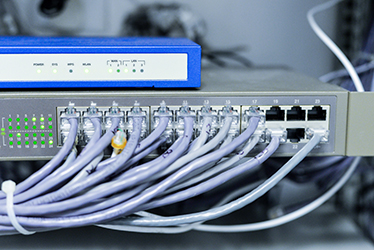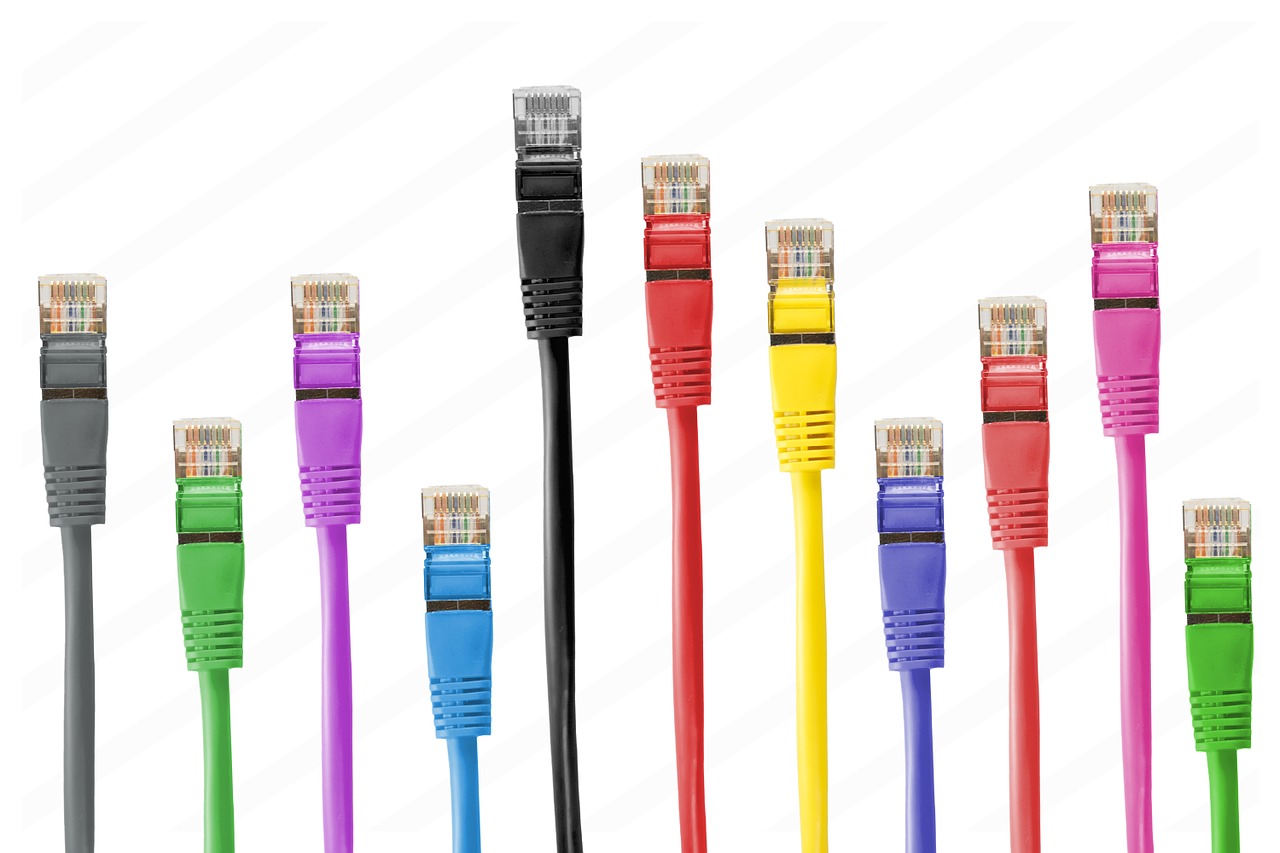Address
81 Spring Cove Rd. Swannanoa, NC 28778-3615Which Is the Best Category Cable for Your Network?
Choosing a structured cabling solution for your network can be a complicated decision. While you need to future proof your network, you don’t want to spend more than necessary. The descriptions below should help you select the best category cable for your present and future needs.
Cat 5e
Introduced around the year 2000, Cat 5e was a 10x improvement in bandwidth over cat 5 for Ethernet networks. While cat 5 could only handle 100 Mbps, cat 5e was suitable for 1000 Mbps up to 100 meters at 100 MHz. While many ISPs are already offering 1-gigabit service, it’s hard to imagine that speeds could go any higher. With 1 Gbps, you could download Netflix 4K to 25 different TV sets in your home.
Not only can cat 5e support gigabit speeds, but it can also handle any available POE power requirements.
- Type 1 IEEE® 802.3af – 15.4W up to 100m over two pairs (VOIP phones, stationary IP cameras, and Access Points)
- Type 2 IEEE® 802.3at – 30W up to 100m over two pairs (PTZ IP cameras)
- Type 3 IEEE® 802.3bt – 60W up to 100m over two or four pairs, class 5-6 (TVs and laptops)
- Type 4 IEEE® 802.3bt – 90W up to 100m over four pairs class 7-8 (Kiosks and POS terminals)
Cat 6
The TIA/EIA-568-B.2-1 specified the Cat 6 standard in 2002 to support applications at 250 MHz for up to 100 meters. Providing plenty of headroom for 1000 1000BASE-T, Cat 6 can also handle 10 Gbps at a distance of up to 55 meters.
Though some manufacturers offer Cat 6 with 24 AWG wires, the standard requires 23 AWG, so it can handle all of the POE standards that Cat 5e can and possibly future ones that Cat 5e can’t. However, it’s currently hard to imagine an electronic device needing more than 90 w.
While you might need 10 Gbps for a backbone or a data center connection, it’s hard to imagine any desktop or multimedia device requiring such data transfer rates. Besides, the thickness in Cat 6 needs larger pathways and raises installation time. It creates noticeably more work.
Cat 6e
If you see a cable labeled as Cat 6e, you’re looking at a marketing label, not a standard. Some Cat 6e cables claim to support 10 Gbps up to 100 meters, which might be true. However, if you want to be sure, get Cat 6a cable instead.
Cat 6a
Ratified in 2008, ANSI/TIA-568-C.2 defines the Cat 6a standard. It can support frequencies as high as 500 MHz and transmit 10GBASE-T/IEEE 802.3an for a full 100 meters. Available in both shielded and unshielded versions, they have an even larger diameter than their Cat 6 counterparts. It’s a suitable choice for environments where massive data transfers are routine, or the customer plans on retaining the infrastructure for a long time.
Cat 7
Rarely seen in the wild, the Cat 7 standard has never been approved by the TIA/EIA. However, the ISO/IEC 11801 did ratify it in 2002 for adherence to Class F channel specifications. A foil shield covers both the 23 AWG wire bundle and the individual pairs. Designed to support the envisioned 10GBASE-T standard up to 100 meters, Cat 6a eventually precluded Cat 7’s adoption. Fortunately, it supports RJ45-compatible GG45 connectors for internetwork compatibility.
Cat 7A
The beat goes on! Intended to handle data transmission at the 1000 MHz frequency, it can support 40 Gigabit speeds up to 50 meters and 100 Gigabit for 15 meters when the environment is perfect.
Cat 8
Developed under the ANSI/TIA-568-C.2-1 standard, Cat 8 was approved in 2016. Also composed of 23 AWG conductors, it can handle frequencies up to 2000 MHz and reliably transmit data at 40 and 100 Gbps, it can only do so at a maximum link distance of 24m (78′) and a channel length of 30m (100′). It’s a fully shielded cabling solution, and it continues to use 8P8C RJ45 connectors, so it’s backward compatible on any current network.
Besides the price of the cable, you also need to consider labor, connectors, and patch cable costs when estimating your overall budget. Hopefully, this information can help you choose the best category cable for your present and future needs.


